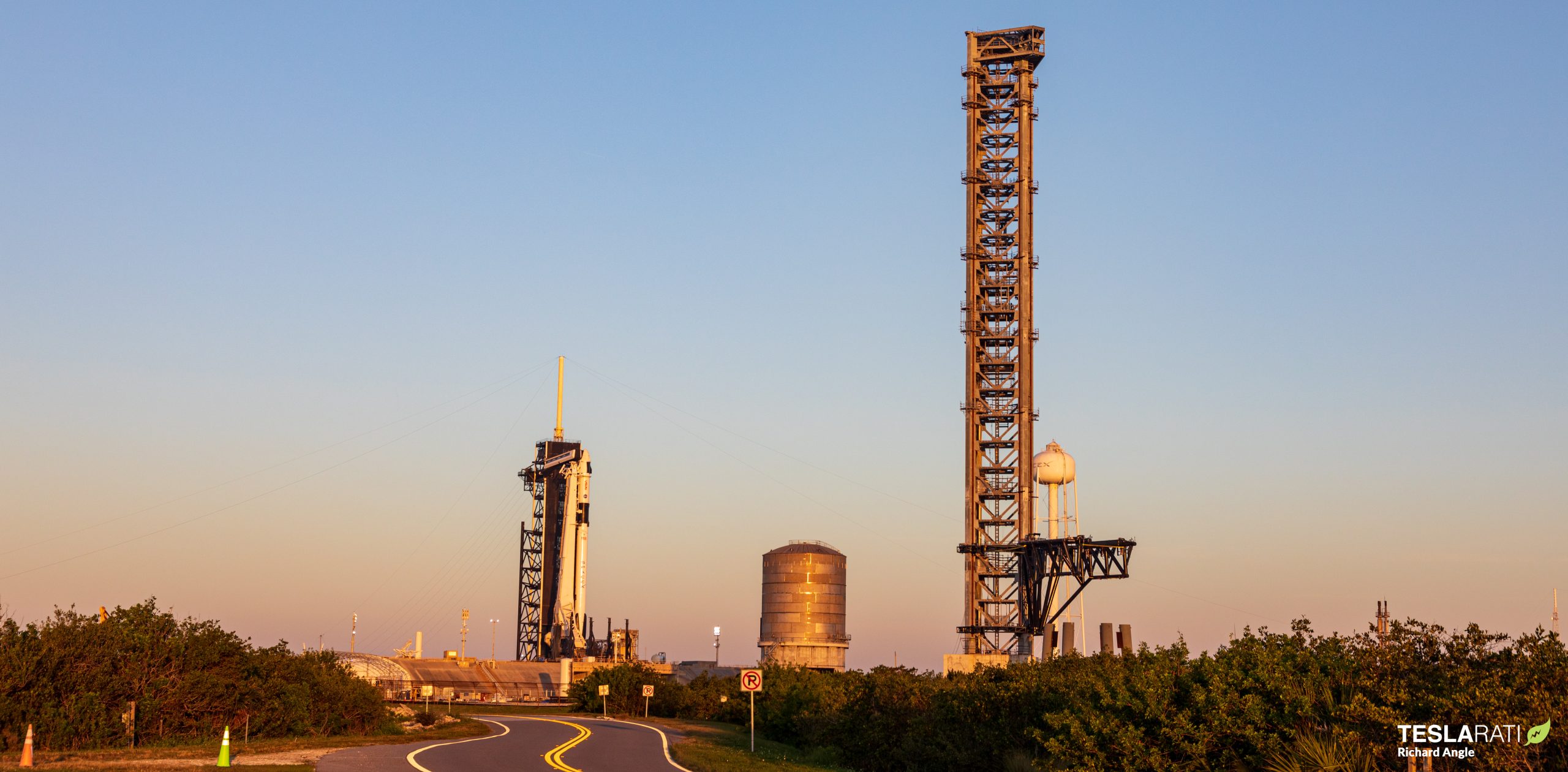
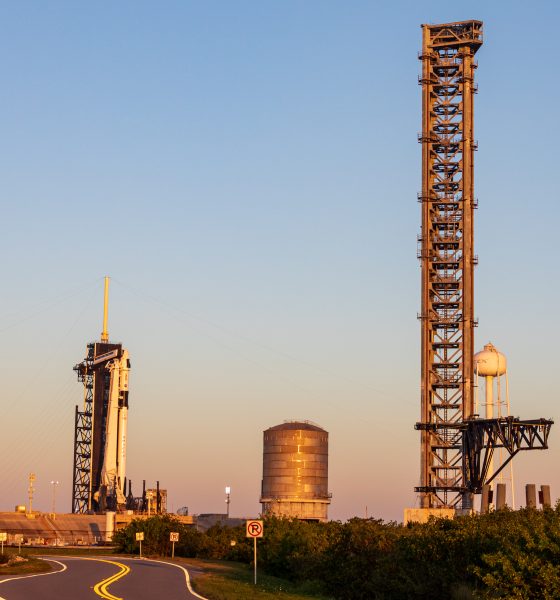
News
FAA to start new environmental review for Florida SpaceX Starship launches
The Federal Aviation Administration (FAA) announced it intends to start a new environmental review for future Starship launches from Florida.
The decision to start a new review comes after SpaceX has made changes and wants to build new infrastructure and ship upgrades, something the FAA did not consider during the first review in 2019.
Some of those infrastructure changes will obviously include a new launch mount, as the previous legs were recently torn down. This will give SpaceX more room to install a water deluge system that could be similar to or possibly more complex than what they use at Starbase.
Other proposed changes include a natural gas liquefaction system, deluge ponds for excess water, and an air separation unit to generate propellant. None of these were in the original 2019 review and now need to be considered before SpaceX can begin new construction.
Another interesting bit of information tucked into the notice was the potential changes to Starship. The original review accounted for 24 Starship/Super Heavy launches a year using a Starship with up to 7 Raptor engines and a Super Heavy booster using up to 31 Raptor engines. The new review will account for up to 44 Starship/Super Heavy launches per year but with a Starship with up to 9 Raptor engines and a Super Heavy booster with up to 35 Raptor engines, which could be the Version 3 Starship recently announced by Elon Musk.
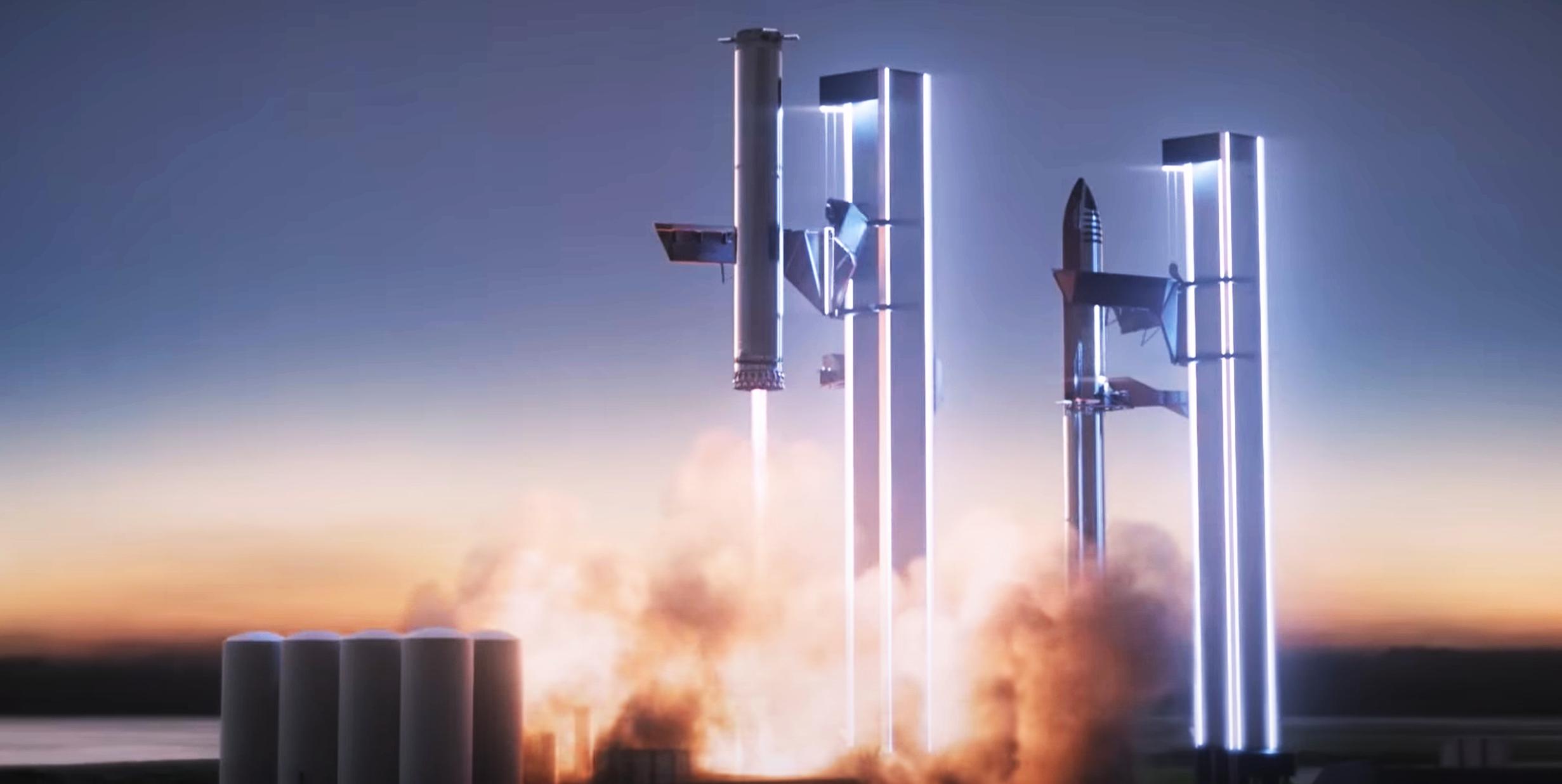
A SpaceX render of two launch towers at Starbase that could be duplicated at LC-39A (Credit SpaceX)
The new review will also consider adding another Super Heavy catch tower at Kennedy Space Center, which would also be capable of catching Starship. SpaceX had intended to use Landing Zone 1, but this is no longer an option as that area has been leased out to two other launch companies for future rocket launch pads.
Due to this new review, the FAA will also conduct 2 in-person meetings on June 12th and 13th in Cape Canaveral and at the Kennedy Space Center Visitor Complex, respectively. There will also be a virtual meeting on June 17th, with a notice to be provided to the public closer to the date.
Meanwhile, during this review, the United States Space Force is simultaneously conducting their own Starship/Super Heavy launch pad review for a potential launch site at either Space Launch Complex 37 or a potential new pad, Space Launch Complex 50, which would be between SLC 37 and SLC 40.
The FAA did not mention when they expected this new review to be completed, but the review by the U.S. Space Force is expected to be completed by September 2025.
Do you think the FAA will approve the new upgrades proposed by SpaceX?
Questions or comments? Shoot me an email at rangle@teslarati.com, or Tweet me @RDAnglePhoto.

News
Tesla launches its new branded Supercharger for Business with first active station
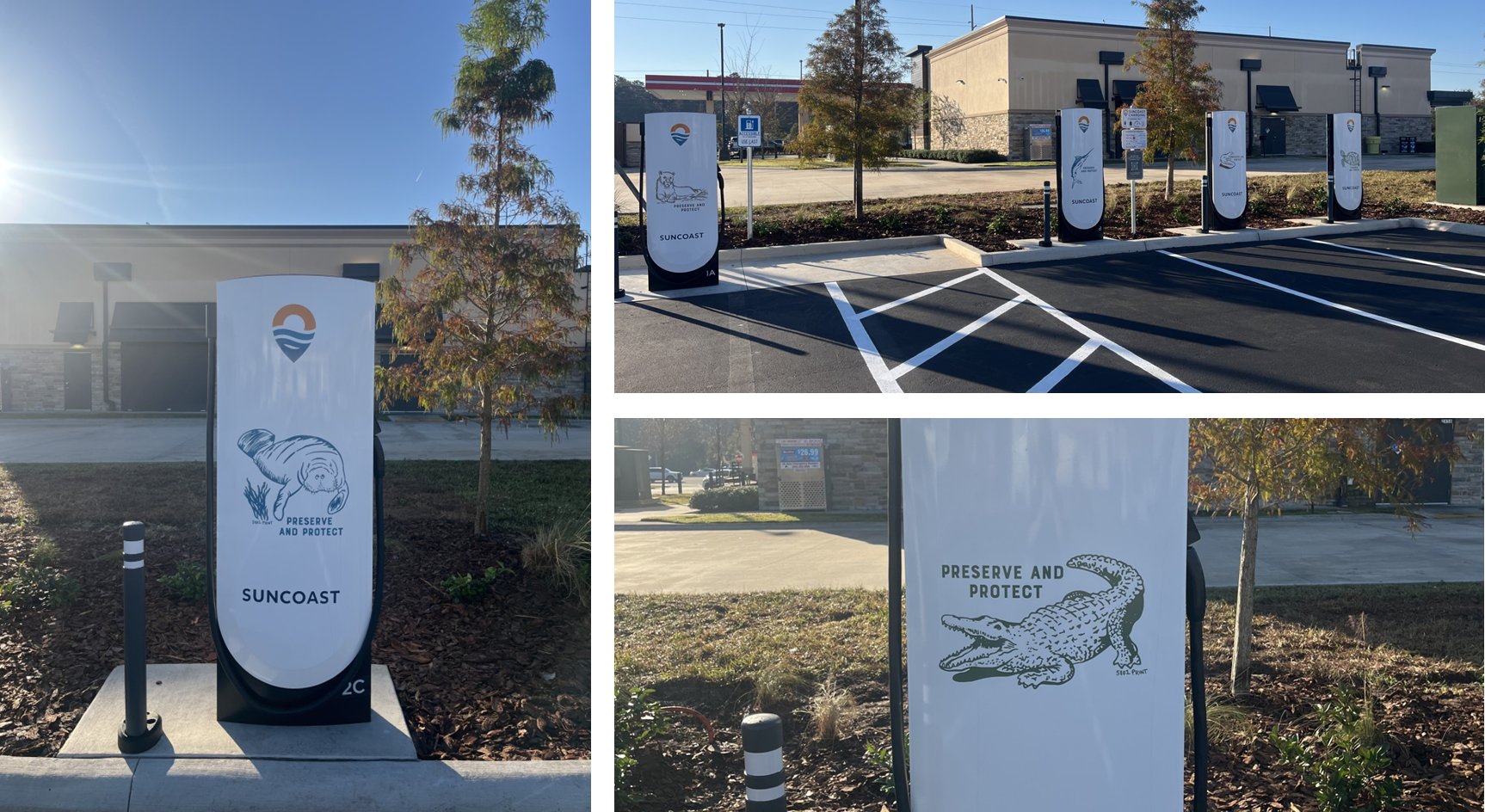
Tesla has officially launched its first branded Supercharger just months after initiating a new program that allows third-party companies to brand their own charging piles.
The site opened in Land O’ Lakes, Florida, and features eight V4 Supercharging stalls offering up to 325 kW of charging speed. It appears it was purchased by a company called Suncoast Credit Union. This particular branch is located Northeast of Tampa, which is on the Gulf of Mexico.
It features graphics of Florida animals, like alligators:
Here’s a video of the graphics being installed on the Tesla Superchargers at this site: https://t.co/oIfEPNZjAH pic.twitter.com/ENWakZ2qT9
— TESLARATI (@Teslarati) November 20, 2025
Tesla launched this program back in September, and it basically was a way to expand its Supercharger presence and also allow companies to pay for the infrastructure. Tesla maintains it. When it announced the “Supercharger for Business,” it said:
“Purchase and install Superchargers at your business. Superchargers are compatible with all electric vehicles, bringing EV drivers to your business by offering convenient, reliable charging.”
The program does a few things. Initially, it expands EV charging infrastructure and makes charging solutions more readily available for drivers. It can also attract people to those businesses specifically.
Tesla launches new Supercharger program that business owners will love
The chargers can also be branded with any logo that the business chooses, which makes them more personalized and also acts as an advertisement.
The best part is that the customers do not have to maintain anything about the Supercharger. Tesla still takes care of it and resolves any issues:
“We treat your site like we treat our sites. By providing you with a full-service package that includes network operations, preventative maintenance, and driver support, we’re able to guarantee 97% uptime–the highest in the industry.”
It appears the Superchargers will also appear within the in-car nav during routing, so they’ll be publicly available to anyone who needs to use them. They are still available to all EVs that have worked with Tesla to utilize its infrastructure, and they are not restricted to people who are only visiting the business.
Cybertruck
Tesla reveals its Cybertruck light bar installation fix
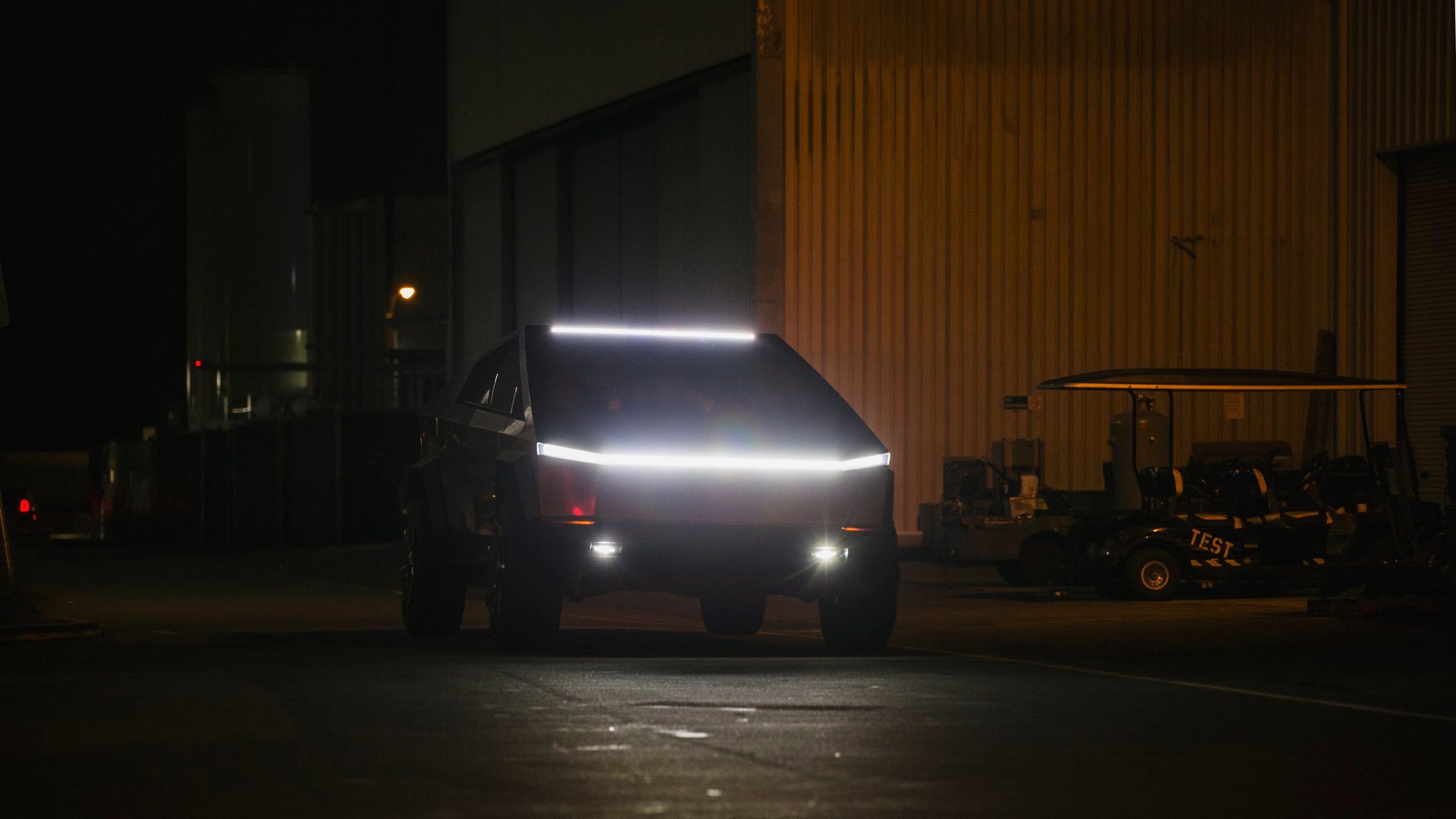
Tesla has revealed its Cybertruck light bar installation fix after a recall exposed a serious issue with the accessory.
Tesla and the National Highway Traffic Safety Administration (NHTSA) initiated a recall of 6,197 Cybertrucks back in October to resolve an issue with the Cybertruck light bar accessory. It was an issue with the adhesive that was provided by a Romanian company called Hella Romania S.R.L.
Tesla recalls 6,197 Cybertrucks for light bar adhesive issue
The issue was with the primer quality, as the recall report from the NHTSA had stated the light bar had “inadvertently attached to the windshield using the incorrect surface primer.”
Instead of trying to adhere the light bar to the Cybertruck with an adhesive, Tesla is now going to attach it with a bracketing system, which will physically mount it to the vehicle instead of relying on adhesive strips or glue.
Tesla outlines this in its new Service Bulletin, labeled SB-25-90-001, (spotted by Not a Tesla App) where it shows the light bar will be remounted more securely:
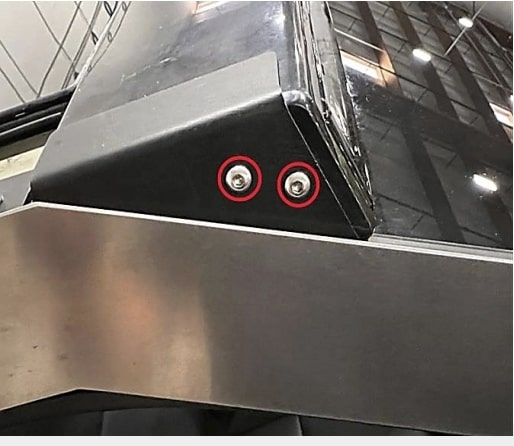
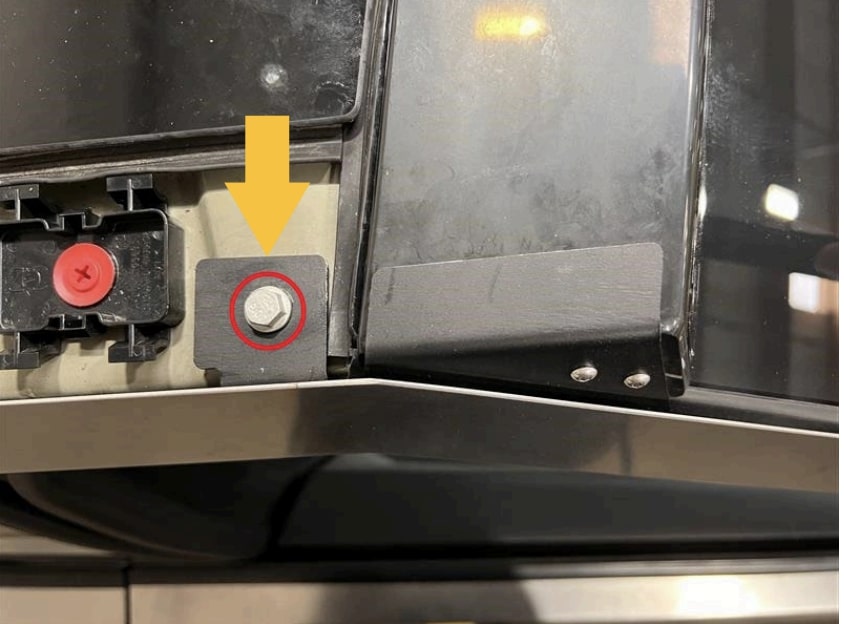
The entire process will take a few hours, but it can be completed by the Mobile Service techs, so if you have a Cybertruck that needs a light bar adjustment, it can be done without taking the vehicle to the Service Center for repair.
However, the repair will only happen if there is no delamination or damage present; then Tesla could “retrofit the service-installed optional off-road light bar accessory with a positive mechanical attachment.”
The company said it would repair the light bar at no charge to customers. The light bar issue was one that did not result in any accidents or injuries, according to the NHTSA’s report.
This was the third recall on Cybertruck this year, as one was highlighted in March for exterior trim panels detaching during operation. Another had to do with front parking lights being too bright, which was fixed with an Over-the-Air update last month.
News
Tesla is already expanding its Rental program aggressively
The program has already launched in a handful of locations, specifically, it has been confined to California for now. However, it does not seem like Tesla has any interest in keeping it restricted to the Golden State.
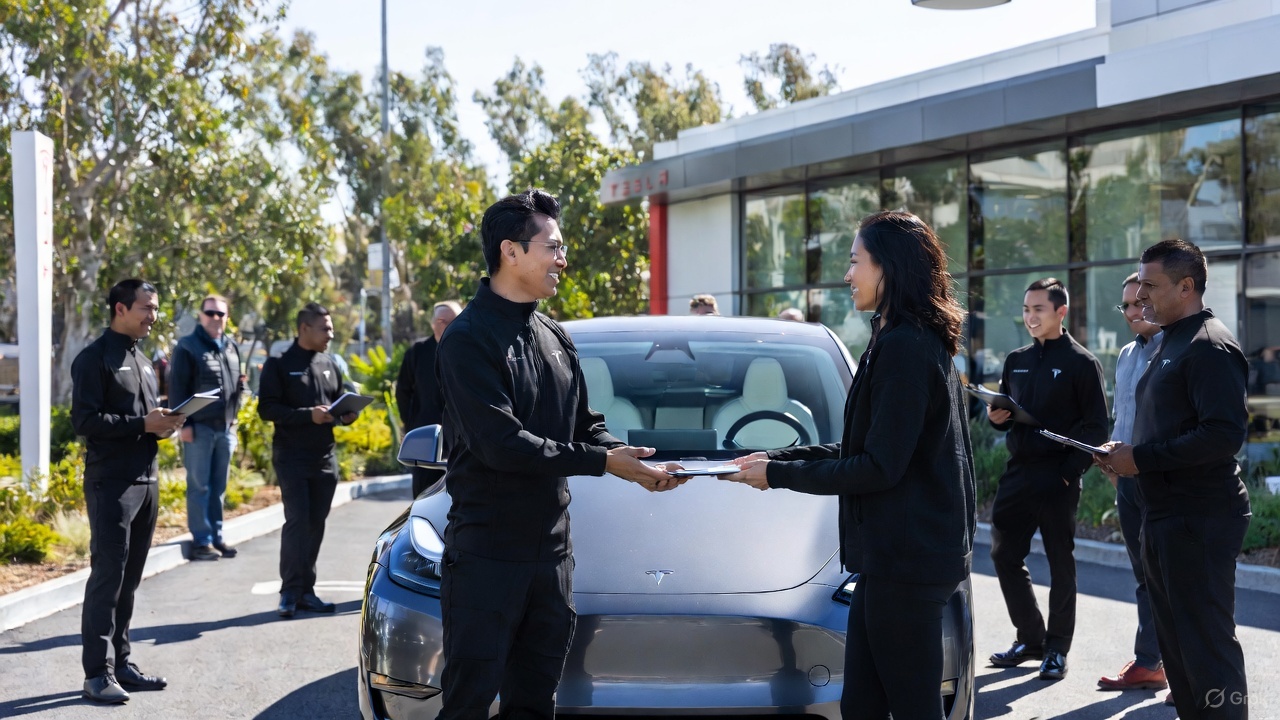
Tesla is looking to expand its Rental Program aggressively, just weeks after the program was first spotted on its Careers website.
Earlier this month, we reported on Tesla’s intention to launch a crazy new Rental program with cheap daily rates, which would give people in various locations the opportunity to borrow a vehicle in the company’s lineup with some outrageous perks.
Along with the cheap rates that start at about $60 per day, Tesla also provides free Full Self-Driving operation and free Supercharging for the duration of the rental. There are also no limits on mileage or charging, but the terms do not allow the renter to leave the state from which they are renting.
🚨🚨 If you look up details on the Tesla Rental program on Google, you’ll see a bunch of sites saying it’s because of decreasing demand 🤣 pic.twitter.com/WlSQrDJhMg
— TESLARATI (@Teslarati) November 10, 2025
The program has already launched in a handful of locations, specifically, it has been confined to California for now. However, it does not seem like Tesla has any interest in keeping it restricted to the Golden State.
Job postings from Tesla now show it is planning to launch the Rental program in at least three new states: Texas, Tennessee, and Massachusetts.
The jobs specifically are listed as a Rental Readiness Specialist, which lists the following job description:
“The Tesla Rental Program is looking for a Rental Readiness Specialist to work on one of the most progressive vehicle brands in the world. The Rental Readiness Specialist is a key contributor to the Tesla experience by coordinating the receipt of incoming new and used vehicle inventory. This position is responsible for fleet/lot management, movement of vehicles, vehicle readiness, rental invoicing, and customer hand-off. Candidates must have a high level of accountability, and personal satisfaction in doing a great job.”
It also says that those who take the position will have to charge and clean the cars, work with clients on scheduling pickups and drop-offs, and prepare the paperwork necessary to initiate the rental.
The establishment of a Rental program is big for Tesla because it not only gives people the opportunity to experience the vehicles, but it is also a new way to rent a car.
Just as the Tesla purchasing process is more streamlined and more efficient than the traditional car-buying experience, it seems this could be less painful and a new way to borrow a car for a trip instead of using your own.








